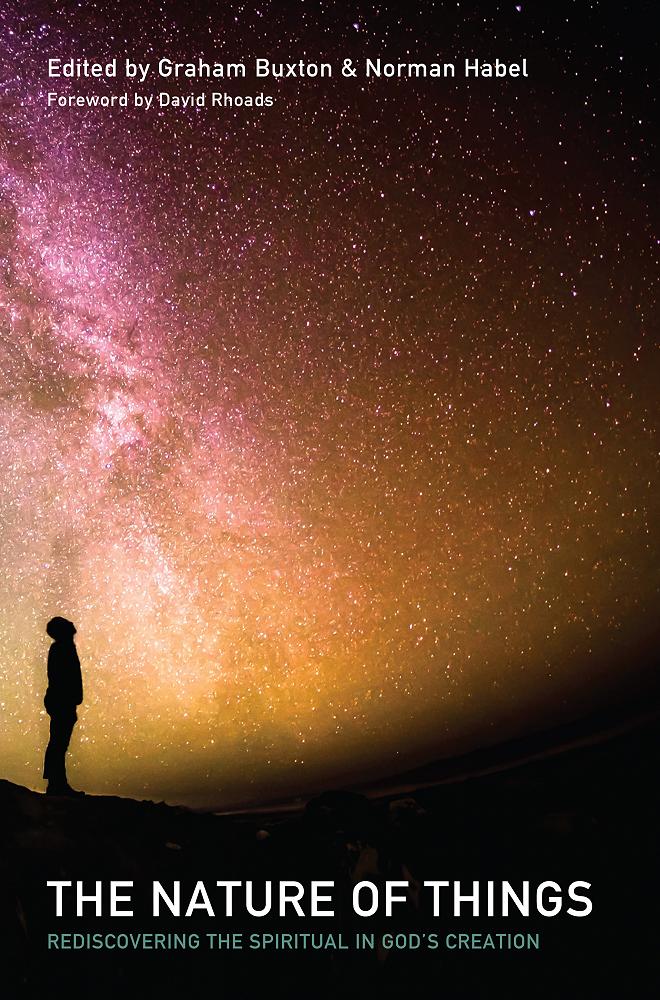
The Nature of Things: Rediscovering the Spiritual in God’s Creation
Edited by Graham Buxton and Norman Habel. Published by Pickwick Publications, 2016. Reviewed by Neil Darragh
We will bring renewal and restoration to our planet only if: 1) our actions and decisions are done in solidarity with our Earth community, and 2) we embrace a relationship with the spiritual depths of nature. This is the central concern of this book as summed up in David Rhoads’s foreword in The Nature of Things.
In March 2015, approximately 120 delegates met in McLaren Vale, South Australia, to explore the theme of “rediscovering the spiritual in God’s creation.” The chapters of this volume are made up of 16 of the papers presented at that conference. In addition it contains an introduction by the editors, Norman Habel and Graham Buxton, and an epilogue by Canadian theologian Heather Eaton.
At the end of the conference the participants produced a document which they have called The Serafino Declaration (after the name of the conference venue) which seeks to give an outline of the varied perspectives and more focused challenges that came out of the conference.
Most of the chapter contributors will already be familiar to people involved in creation spirituality or ecotheology. The majority are Australians, but also included are theologians from North America, England, South Africa, and New Zealand: Vicky Balabanski, Graham Buxton, Emily Colgan, Ernst M. Conradie, Celia Deane-Drummond, Denis Edwards, Anne Elvey, Patricia Fox, Anne Gardner, Norman Habel, Mark Liederbach, Terence Lovat, Mick Pope, Dianne Rayson, H. Paul Santmire, Robert (Bob) White, and Mark Worthing.
The chapters reflect a diversity of perspectives relating to the spiritual in God’s creation and are collected into five parts centred on the themes of 1) God’s presence in Creation, 2) Spirituality in Creation, 3) Suffering in Creation, 4) Wisdom in Creation, 5) Eco-Readings in Creation.
The nature of this volume as a collection of conference papers means that readers are best to approach it as a mosaic of various aspects of creation theology rather than a continuous presentation of a developing theme.
One of the very helpful qualities of the volume is that it will bring readers up-to-date with the kind of discussion currently going on in the area of creation theology and spirituality. It does assume though that readers already have some familiarity with theology or spirituality at tertiary level. Such readers will find it both informative and challenging.
